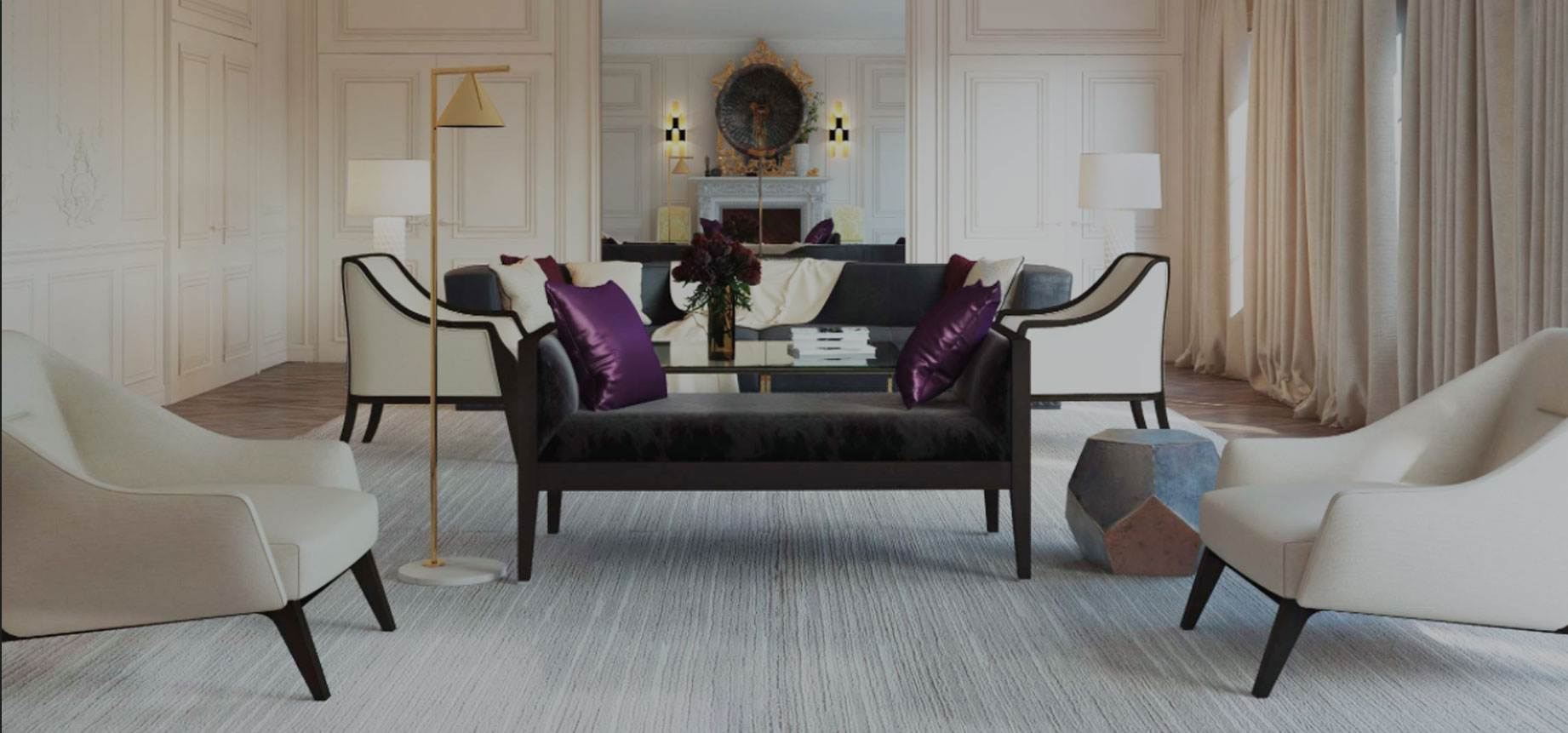5.11. Restaurant, Bar, and Café Lighting: Rules and Recommendations
Every designer knows that lighting plays a crucial role in the interior design of a restaurant or bar. Therefore, the design of lighting should be approached with the utmost responsibility.
Lighting Standards and Calculation of Illuminance:
Unlike in retail settings where more light is often considered better, overly bright lighting in a restaurant or bar is likely to irritate visitors who have come here to relax and unwind. Therefore, the design of lighting for a restaurant should be developed based on commonly accepted standards and engineering calculations.
These standards and calculations are based on illuminance, which is measured in lux. The calculation scheme for illuminance in a restaurant with a ceiling height not exceeding 3 meters is as follows:
- For a light interior, 15 watts per square meter of working surface is required.
- For a dark interior, 20 watts per square meter is needed.
In simpler terms, the recommended illuminance level for dining areas of foodservice establishments should not exceed 200 lux. However, kitchen and utility areas can have more intense lighting, up to 300 lux.
While these calculations and standards do not provide a complete picture, they help the designer determine the quantity and wattage of fixtures required for the restaurant’s interior design.
Types of Restaurant Lighting:
Based on their functions, restaurant and bar lighting can be categorized as follows:
- General Lighting: This includes one or several large chandeliers or overhead fixtures.
- Accent Lighting: Created using smaller fixtures like table lamps or wall sconces, these fixtures add visual interest and ambiance.
- Task and Technical Lighting: Necessary for illuminating the kitchen and utility areas.
- Emergency Lighting: Designed for unexpected power outages to prevent panic among patrons.
In the dining area, both general and accent lighting are essential. A combination of a large chandelier and stylish wall sconces can create a harmonious ambiance. However, designers have creative freedom to select fixtures in various shapes and styles as long as they complement the overall interior design.
Strategic Placement:
Light fixtures should be strategically positioned above tables to effectively illuminate the presented dishes while creating a soft, relaxing atmosphere. Placing fixtures directly above the center of each table is a recommended practice.
Dimmer Switches:
Dimmer switches, which allow for smooth brightness adjustment, are highly advantageous in restaurant design. However, it’s crucial to install dimmer switches and light controls in easily accessible but non-intrusive areas, such as in corridors, ensuring that waitstaff can easily access them. This applies to both floor lamps and table lamps.
Concealing Light Sources:
It is essential to conceal glaring light sources from patrons’ view. Shades, ceiling fixtures, and floor lamps can be used to create diffused, soothing light. This technique helps in effectively zoning the entire restaurant space.
Matching the Style:
When selecting light fixtures, it is advisable to choose those that align with the restaurant’s overall interior style. For example, if the interior design is classic, large crystal chandeliers for general lighting and classic-style wall sconces will enhance the cozy atmosphere.
In conclusion, designing lighting for a restaurant or bar is not as straightforward as it may seem. Despite its apparent simplicity, it requires serious calculations and engineering solutions. If you are interested in optimizing the calculation and selection of lighting sources for your restaurant, feel free to reach out to me, Olesya Blashchenko, an interior designer, for advice and information.










